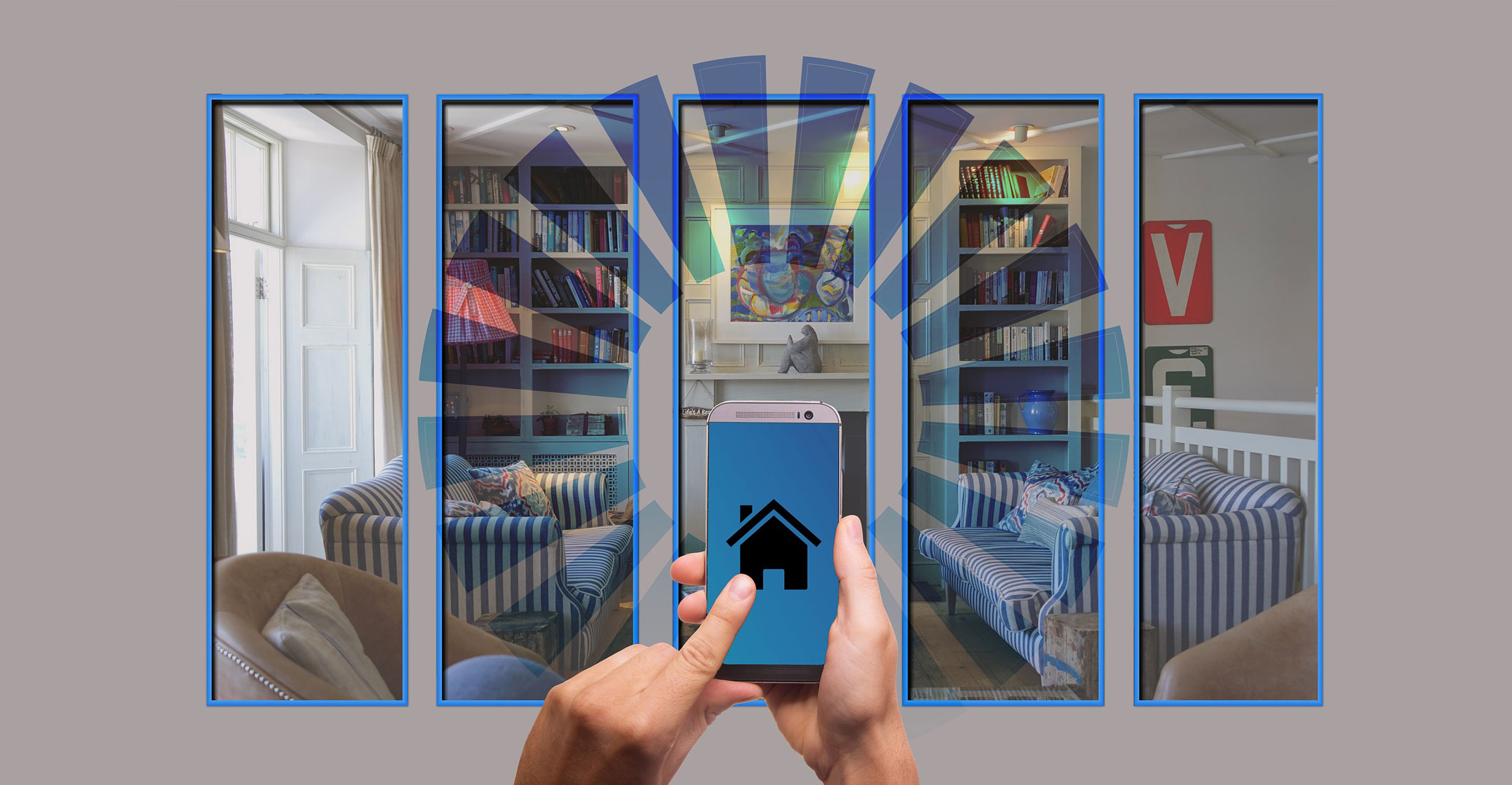 Advancements in smart home technology have been highly innovative, with more homes worldwide being installed with smart home devices than ever before. By leveraging new connectivity devices, service providers can take advantage of the most recent trends in smart home applications, such as artificial intelligence and automation.
Advancements in smart home technology have been highly innovative, with more homes worldwide being installed with smart home devices than ever before. By leveraging new connectivity devices, service providers can take advantage of the most recent trends in smart home applications, such as artificial intelligence and automation.
A Statista report predicts that the revenue of the smart house technology market will reach US$24.8-billion this year, and will continue to expand at a 12.82% annual growth rate and reach around $47-billion by 2025. The same report found that there are over 175 million smart homes already in the world today, with that number obviously set to increase as the technology continues to become more mainstream.
“As consumers understand the features and benefits related to smart home tech, especially those that save them time and money, they’re beginning to seek them out in their own spaces,” said Aniel Jhingoeri, regional vice president for Europe, the Middle East and Africa sales and head of embedded platforms and digital endpoints at Radisys, a global leader of open telecommunications solutions. “Smart home devices help ease decision-making, solve daily challenges, and make life healthier and safer for homeowners.”
One of the biggest trends in the smart home market is the demand for devices that improve home security. But with advancements in smart home technology, new devices can not only keep personal data safe, but can also boost the overall security and response time when it comes to home intrusion. Devices such as smart security cameras, smart doorbells and smart door locks can all help homeowners keep their houses safe, even when they’re away.
Data protection, too
However, smart home security goes beyond defending from physical home intrusions, to monitoring data protection from potential cyber-invaders. The general threat that people envisage while using technology is the breach of privacy and data, and last year over 3 000 Ring camera customers’ personal data was leaked, with some families facing the nightmare of hackers seeing inside their homes and controlling their cameras secretly.
“New privacy and security features will continue to grow, including cloud storage for video cameras and encrypted networks to securely manage your security system’s data to avoid hacking and data leaks,” said Jhingoeri.
“By offering connected safety, security, surveillance and intrusion-detection services, such as Radisys’s Reach Smart Home solution, for both physical and cyber home invasions, telecoms operators can grow revenue and receive faster return on investment.”
 Another major trend in the smart home market is the demand for energy-efficient devices. Smart lighting is one of the first smart home implementations that has gained wide adoption among households across the world.
Another major trend in the smart home market is the demand for energy-efficient devices. Smart lighting is one of the first smart home implementations that has gained wide adoption among households across the world.
Homeowners can create custom actions that automatically turn their lights on and off at sunrise or sunset, or set it so certain lights turn off after a certain period of time, which helps conserve energy without lifting a finger. The use of smart plugs allows users to manage nearly any other wired device with an on/off switch and collect energy usage data for informed decision-making. By adding smart lightning and energy solutions to their portfolio, telecoms operators can not only increase their own profits, but can also enable consumers to save on energy costs and achieve sustainability goals in a win-win scenario.
Finally, the increased connectivity of all appliances within a household through the use of hubs is most likely the hottest trend in the smart home market. Fragmentation of smart home technologies and the lack of connectivity between different intelligent devices and systems is a standing problem. It directly influences user experience and, as a result, hampers adoption. However, such hubs are used to enable centralised control and management, giving homeowners the ability to control almost everything in their house from one spot.
“Connectivity is the key to the future of smart homes, as they’re overall great solutions that afford consumers control over things like smart lights, locks, speakers, cameras and thermostats, all from one spot instead of dozens,” said Jhingoeri. “Smart home solutions, such as Radisys’s Reach Smart Home, allow telecoms operators to offer their customers a safe and secure home by connecting all smart appliances, sensors and controllers through a central hub, while also managing costs and streamlining operations.”
Perfect complement
With working from home becoming more commonplace, the current smart home trends concentrate on security, interconnectivity between devices, and ease of use. However, in upcoming years the market will grow and bring a lot of new advancements, which means providers must adapt their offerings soon to keep up with the competition.
“Smart home solutions will continue to become more common and are a perfect complement to service providers’ fixed and wireless broadband offerings, enabling them to expand services and create new revenues with their existing customer base,” said Jhingoeri. “Radisys Reach Smart Home delivers a flexible, scalable solution that positions service providers to be competitive in the market while leveraging the growing innovation of an open device ecosystem.”
- This promoted content was paid for by Radisys




